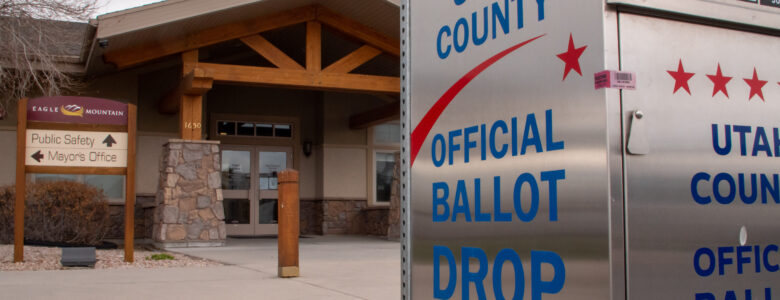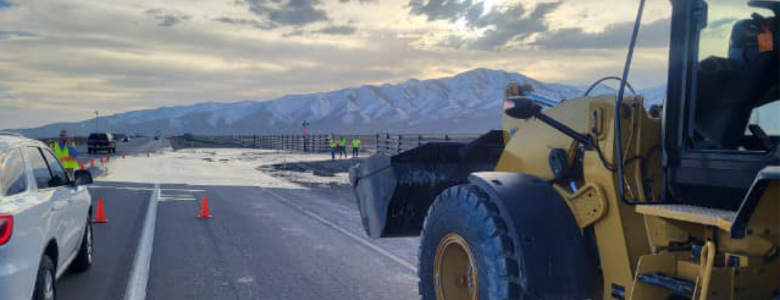Construction related to the Smith Ranch Park expansion project began in mid-May.
In addition to expanding the area of the park, a new playground, skatepark and ninja course are also included in the project plans.
“After this is developed the whole park will be about a 16-acre park,” says Brad Hickman, director of Parks and Recreation with Eagle Mountain City.
The park is situated adjacent to Pony Express Elementary School.
According to Hickman, the park was designed with the nearby Tickville Wash, and its native vegetation, in mind. Accommodation for local plant and animal species allows the native areas that border the wash to remain largely undisturbed.
Any areas of the wash that are affected by construction will be replanted with native vegetation upon construction completion, according to Hickman.
Recently released renderings of the park include a walking path that borders the Tickville Wash, connecting the east and west portions of the park.
Currently, Smith Ranch Park is known for its Exceptional Kids Playground, which is designed for children with adaptive needs. While this playground is planned to be removed as part of the expansion, Hickman says that the new playground will feature accessible equipment for individuals of all abilities.
“It’s going to be replaced with several other features that will be all-abilities,” Hickman says. “It’s going to be really friendly and usable for those with disabilities.”
The new playground will include play areas specifically designed for younger children, as well as play areas designed with older children in mind.
Unlike other municipal parks, the playground at Smith Ranch Park has been custom designed. Residents can expect a unique play experience as a result.
A skatepark has also been included as part of the park’s expansion. The future skatepark is partially funded by a $200,000 grant secured by Eagle Mountain City through the Utah Division of Outdoor Recreation. It will be the second skatepark within City limits.
The new skatepark will cater to residents of all skill levels, including those who are just beginning through advanced skateboarders. This state-of-the-art design will allow residents to progress their skills over time.
“We worked with the skate park community…and got feedback from them,” Hickman says. “And we got some feedback from some really involved parents in the community.”
For residents who are looking for a greater physical challenge, an X-treme Ninja Course is included in the plans for the park’s expansion. The course is planned to cater to a variety of athletic abilities.
The course will also include a timer so that participants can track their speed as they make their way through each obstacle.
Every aspect of Smith Ranch Park has been designed specifically with Eagle Mountain’s family-focused and physically active community in mind.
Hickman says that he anticipates construction will be completed on the park by spring 2024.









